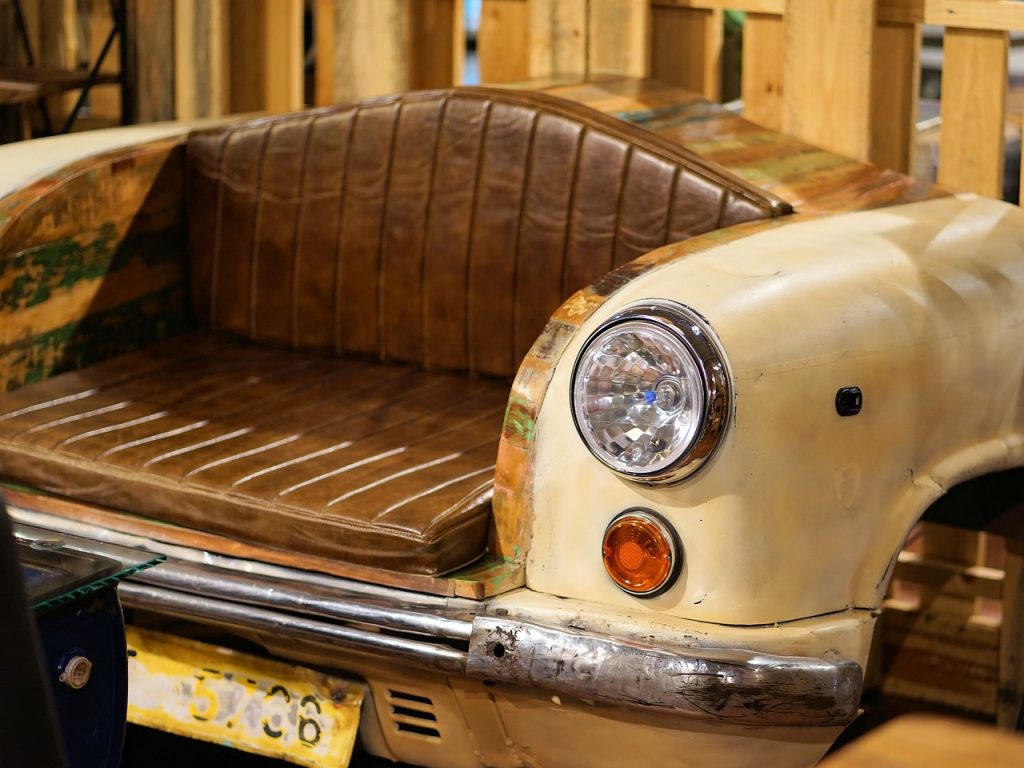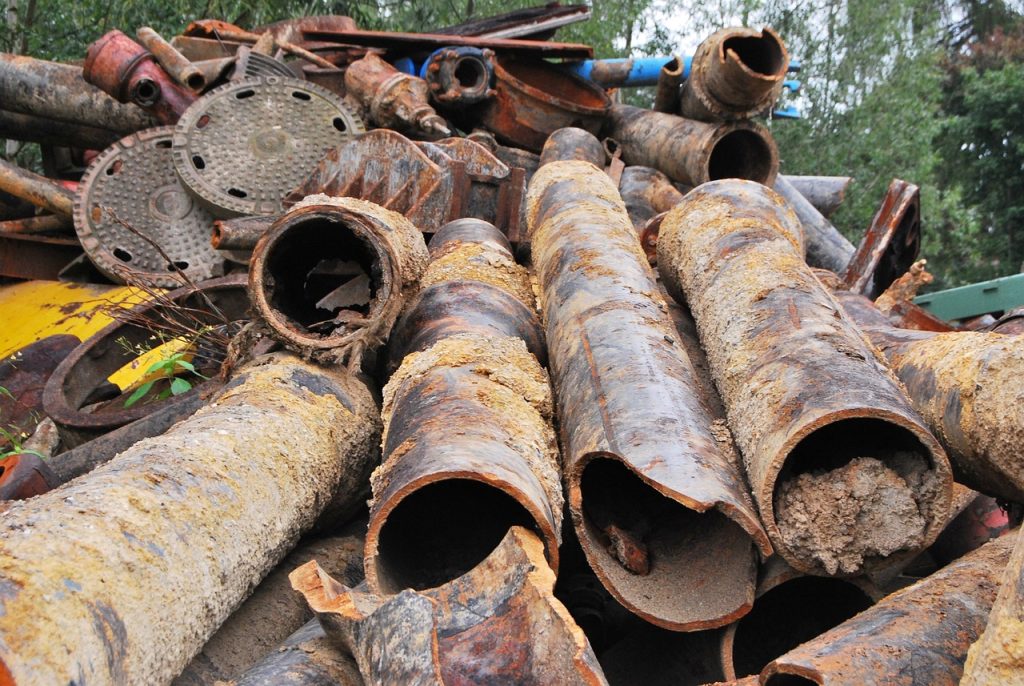- Identify local programs that accept car seats for recycling.
- Ensure the chosen program accepts the entire seat, not just parts.
- Follow the program’s guidelines for seat dismantling.
- Check the seat for damages to avoid contamination during recycling.
- Separate recyclable materials like plastic, metal, and fabric.
- Consider donation options if the seat is still in good condition and hasn’t expired.
- Locate car seat recycling centers or events in your area.
- Participate in community recycling events and educational programs.
Understanding How to Recycle Old Car Seats: Best Practices for Seat Recycling
Understanding how to recycle your old car seats may seem like a bit of a task, but it’s actually fairly simple when you know what you’re doing. The process starts with identifying programs near you that’ll accept car seats. Take extra care in making sure that the program you’ve chosen accepts the whole seat, not just pieces. Programs that allow for car seat recycling usually outline what parts they accept on their websites.
A reliable car seat recycling program provides clear instructions and the program itself should have a host of benefits. These can include the promotion of waste elimination, providing a solution for those wondering “how to recycle my old car seat?”, not to mention creating recycled materials which can be put to great use. Having your car seats recycled will mean less waste ending up in landfills, aiding in our fight against global waste problems.
If your chosen program doesn’t provide a comprehensive guide on how to recycle car seats, ensure you ask them to provide one – it’s an essential element of responsible recycling. In fact, the car seat recycling program should guide on seat dismantling and should also ensure that the seat is checked for damages before recycling. The purpose of this is to avoid any contamination during recycling, and to ensure that all recyclable parts of the seat reach their correct recycled materials destination.
Car seat recycling isn’t just about handing over your old seat; it can involve installation of your new seats too. Many programs will offer to install the new seat after taking in the old one. This turns car seat recycling into a service that’s both convenient and useful for the environment. So, make sure you explore all possible avenues for getting your old car seats took care of. This recycled initiative is our solution to an environmental crisis, let’s all participate!
Child Car Seat Recycling and Disposal: Ensuring Safety and Sustainability
As parents, it’s crucial to review the best way to dispose of old car seats. There is an ethical and safe way to do so! Consider how you can recycle a car seat, and ensure your child’s safety and the sustainability of our planet. Let’s address the ‘elephant in the room’ – many children’s and baby’s car seats often end up in the landfill, with no thought given to recycling. Ask yourself, what can be recycled, and how can you help?
Disposal of car seats often goes unnoticed as parents usually focus on buying new ones. Given the frequency of use and enormous amounts of wear and tear on these seats, it’s pretty easy to end up with a pile of old, worn-out car seats. You may ask why you should recycle car seats, and the answer is two-fold – ensuring the safety of your children and ensuring sustainably for Mother Earth.
Proper child car seat recycling and disposal isn’t as daunting as it sounds. By taking care of the baby’s seats, you’re making significant strides towards a safer and cleaner environment. The easiest way to recycle a car seat is to take the initiative to remove all non-recyclable components such as foam pads and car seat covers. The car seats their selves can be recycled. By doing this, you’re essentially reducing the amount of plastic waste that would’ve otherwise ended up polluting our earth.
To help with the recycling process, there are numerous local recycling centres willing to take your old car seats. They remove the recyclable components and break down the rest for appropriate disposal. Ultimately, car seat recycling is an often overlooked way of protecting our environment. By choosing to recycle, not only are you ensuring the safety of your children but also paving the way for a more sustainable future for them.
The Car Seat Disposal Process: What You Need to Know
When it comes to car seat recycling, it couldn’t be more critical to properly know the disposal process. While car seats are essential for your child’s safety during travel, they certainly aren’t intended to last forever. So, you’ve got to care about their responsible disposal. This might confuse you, but don’t fret. Here’s a detailed brief on the car seat disposal process.
Many assume that car seats can be recycled like any other piece of plastic, but that’s not entirely true. The complex mixture of materials from which car seats are made makes their recycling a little more intricate. Undoubtedly, parts of the car seats can be recycled, but not all recycling centers have the program required to process them.
Before disposal, remove the car seat from the car. Then separate the materials – plastic, metal and fabric – as much as possible. The plastic parts can typically go into your curbside recycling bin, but this varies among cities and recycling centers. Always check with the center to know if they’ll accept the plastic from the car seats specifically. Many centers are limited in what they can recycle due to local restrictions or capacity.
For the fabric and metal parts, take them to a recycling center that has a program for these materials. If a center near you doesn’t have such a program, consider one that does. Even if it means more travel, it’s worth ensuring your old car seats are responsibly recycled and disposed of.
Moving ahead, car seat recycling will be an integral aspect of our sustainability efforts. Keep this in mind next time you’re preparing for the disposal of your old car seats, and make it your mission to see that they are properly cared for in this final stage of their life.
Exploring Donation Options for Your Car Seat: Giving a Second Life
If you’re keen on parenting and are devoted to taking care of your baby, it’s likely you’ve an old car seat or two in your garage. If these items are still in good condition, consider giving them a second life through car seat recycling. Recycle, it’s not just about throwing things into the right container, but also about exploring the donation deals that can extend the usage of those items. The icon link on recycling websites can guide you through the process.
Donating car seats is a significant choice for many parents who understand the importance of sustaining both safety and life. By opting for donation deals, you’re ensuring that your child’s safety gear, whilst no longer needed by you, continues giving value to another parent and child. This action kind of manifests the phrase, “one man’s trash is another man’s treasure”.
Even though the car seat you once used might not hold the same meaning for you now, for another family, it can bring immense relief. Parenting is no easy task, particularly when baby items like car seats come with a steep price tag. Your car seat could make a difference to them. However, bear in mind that there is no one-size-fits-all approach to this process. The condition of your car seat matters a lot.
Before initiating your car seat recycling, inspect the car seat. Ensure it has not expired, recall-free, and is in good usable condition. Use the same fatherly or motherly care you applied when securing your own child in the seat. If the seat has damage, it would be better off with professionals for proper recycling. Understanding how to recycle old car seats and knowing the car seat disposal process can support more sustainable and safe parenting.
Donation Deals: Making the Most of Your Car Seat’s Lifecycle
As you navigate the journey of parenting, one item of utmost care is your child’s car seat. Essential for their safety, car seats may often prove challenging to handle after they’ve served their purpose. That’s where Donation Deals come in, offering car seat recycling programs that add further life to your cherished item. These deals play an essential role in prolonging your car seat’s lifecycle, providing a sustainable means of caring for what keeps your child safe in transit.
Donating your car seats not just gives them an extended life but also benefits your fellow parents who are in need of such items. The purpose of Donation Deals is two-fold. Firstly, recycling car seats aids in the conservation of resources and the reduction of landfill wastes. Secondly, by participating in donation deals, you help extend their lifecycle, providing them to families who cannot afford new car seats.
The donation deals, such as various car seat recycling programs, play a vital role in making the most of your car seat’s lifecycle. How? By ensuring that old car seats get a second lease on life and do not contribute to the growing landfill crisis. By recycling car seats, these programs ensure that we take one more step towards sustainability.
But before we head to car seat recycling, it’s important to understand how these donation deals work. These programs generally involve collection points where you can drop off your old car seats. The seats are then inspected to ensure they still meet safety standards, and then they’re cleaned and restored if necessary. Finally, the car seats are given away as part of donation deals to parents who can use and care for them, thus giving them an extended life.
In conclusion, donation deal programs are a sensible way to recycle, and prolong the life of car seats. These items are not just any regular items; they protect the lives of our little ones. So let’s make the most of these deals and maximize our car seats’ lifecycle.
Guide to Car Seat Recycling Centers: Where to Recycle Your Car Seats
Deciding what to do with an unused child’s car seat might be challenging; however, car seat recycling centers provide a perfect solution to this problem. If you’re unsure where to recycle your car seats, this comprehensive guide about car seat recycling centers will assist you. By taking your old or unused car seat to one of these centers, you’re not just ensuring your seat doesn’t end up in a landfill, you’re adhering to ideal eco-friendly practices. What’s more, you’re reducing the unnecessary waste of valuable resources.
There are numerous car seat recycling centers across the county, which accept and recycle such items. These dedicated centers prioritize recycling old and used car seats, transforming them back to raw materials. The components are subsequently used to manufacture a variety of products. It’s crucial to note that not all recycling centers accept car seats. Still, with an easy icon link located on their website, you’ll be able to quickly verify if they accept your model. If they do, simply add your old car seat to your online cart and follow the checkout steps.
Dispose of car seats responsibly, taking care of both our children’s safety and planet Earth’s sustainability. Hands-on policies exist that give car seats a second life. Some seats are suitable for donation, providing an optional screen to check before you proceed with recycling. Certain centers even carry out rigorous checks to weed out any seats that have exceeded the manufacturer’s specified lifespan. So, don’t delay. Recycle your car seats today. Not only will you be a proud contributor to a cleaner, greener environment, but by giving your car seat’s lifecycle a full sweep, you’ll also contribute to the creation of jobs, giving your noneed seats the ultimate seat in your county’s recycling center.
Colorado’s Approach towards Car Seat Recycling: A Case Study
When it comes to sustainability, Colorado is making significant strides, particularly in recycling, advocating for car seat recycling initiatives. Prioritizing eco-friendly practices, Colorado sets the pace with optional screen reader seminars and instructional videos, efficiently reaching out to residents about car seats’ recycling. Starting the recycling journey isn’t complex. The state has several well-organized events where residents can bring their old booster seats and car seats for responsible disposal and recycling.
Moreover, Colorado embraces an inclusive approach to recycling, ensuring everyone can participate. The optional screen reader is a handy tool for the visually impaired, encouraging full participation in car seat recycling. As the icon share promptly signifies, Colorado’s recycling program invites parents, guardians, and caregivers alike to dispose of their discarded booster seats responsibly.
There’s a lot to admire about Colorado’s recycling program, which has seen a surge in recycled car seats. But the initiative doesn’t stop there. Colorado has led the way in organizing car seat recycling events where the community can come together and learn about the importance of responsible recycling. With steadfast dedication and innovative strategies, such as the optional screen reader, the state is paving the way for a greener future.
In addition to these events, Colorado has also established numerous car seat recycling centers across the state. This move provides accessible venues where the public can recycle their car seats, thereby ensuring safety and promoting sustainability. These recycling centers are also excellent places to start when considering donation deals for your car seat, opening doors to opportunities like giving your old car seat a second life.
So, Colorado’s approach towards car seats recycling truly stands as a notable case study, highlighting how with the right tools and dedication, we can ensure a sustainable future and provide a critical service to our community and planet.




